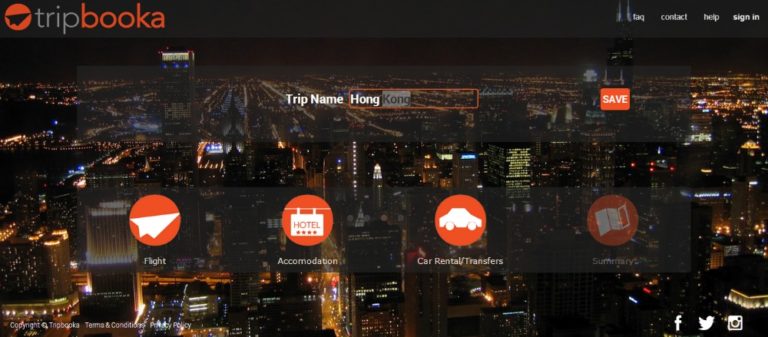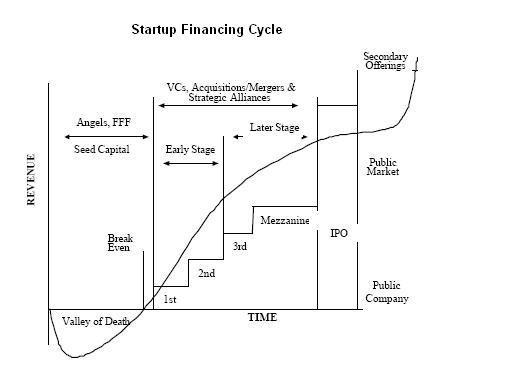Ed: I Like Inbound.org , just like Growthhackers.com Inbound is a community site with a focus on the members helping...
Marketing
Great idea, having built a few businesses and platforms, some moderately successful others total flameouts, I can...
Ed: If you are in business sooner or later you are going to hit a Cash Flow Crisis....
The Pitch Startup Name Tripbooka What problem are you solving? Traditional travel agencies are finding...
Many people don’t think its possible to get a customer to fund your business, but it really...
Capture every contact and keep communicating with them regularly Many new business owners are looking for customers...





